Discover 9 hidden attractions, cool sights, and unusual things to do in Miyajima (Japan). Don't miss out on these must-see attractions: Itsukushima Shrine, Daishō-in, and Mount Misen. Also, be sure to include Miyajima Public Aquarium in your itinerary.
Below, you can find the list of the most amazing places you should visit in Miyajima (Hiroshima).
Table of Contents
Itsukushima Shrine
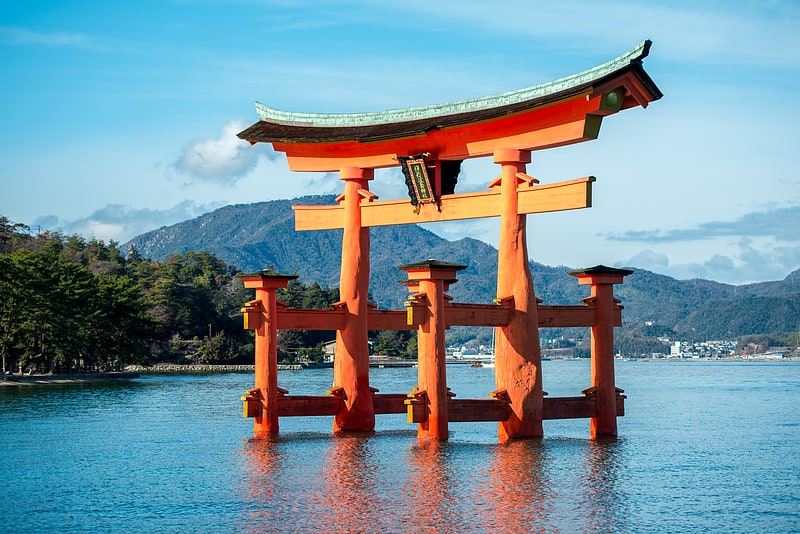
Also known as: 厳島神社
Notable seaside Shinto shrine. Itsukushima Shrine is a Shinto shrine on the island of Itsukushima, best known for its "floating" torii gate. It is in the city of Hatsukaichi in Hiroshima Prefecture in Japan. The shrine complex is listed as a UNESCO World Heritage Site, and the Japanese government has designated several buildings and possessions as National Treasures.
The Itsukushima shrine is one of Japan's most popular tourist attractions. It is most famous for its dramatic gate, or torii on the outskirts of the shrine, the sacred peaks of Mount Misen, extensive forests, and its ocean view. The shrine complex itself consists of two main buildings: the Honsha shrine and the Sessha Marodo-jinja, as well as 17 other different buildings and structures that help to distinguish it.[1]
Address: 1-1 Miyajimachō, Hatsukaichi-shi, 739-0588 Miyajima
Daishō-in
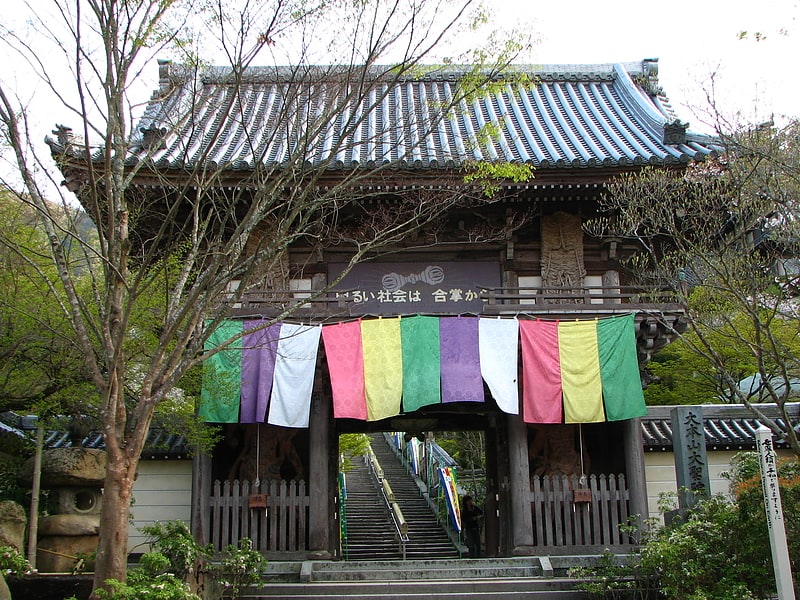
Also known as: 大聖院
9th-century Buddhist temple complex. Daishō-in or Daisyō-in is a historic Japanese temple complex with many temples and statues on Mount Misen, the holy mountain on the island of Itsukushima, off the coast of Hatsukaichi, Hiroshima, Japan. It is the 14th temple in the Chūgoku 33 Kannon Pilgrimage and famous for the maple trees and their autumn colors. It is also called "Suishō-ji". Including Mt. Misen, Daishō-in is within the World Heritage Area of Itsukushima Shrine.
In this temple there is a flame which is said to have been burning since its foundation, for more than 1200 years.[2]
Address: 210 Miyajimacho, 739-0592 Miyajima
Mount Misen

Also known as: 弥山
Mountain in Japan. Mount Misen is the sacred mountain on Itsukushima in Hatsukaichi, Hiroshima, Japan, and is the highest mountain on the island at 535 m; it is situated within the World Heritage area of Itsukushima Shrine.
The sea around the island (Seto Inland Sea) and all of the island are within Setonaikai National Park.
The north side of the mountain is covered by primeval forest which is protected by Hiroshima prefecture. The foot of the mountain has Momijidani-Kōen (紅葉谷公園, Maple Valley Park).
According to the website of Miyajima Tourist Association, Mount Misen was visited by Kūkai in the year 806, the 1st year of the Daidō era. Since ancient times, the mountain has been an important destination for religious visitors.[3]
Miyajima Public Aquarium
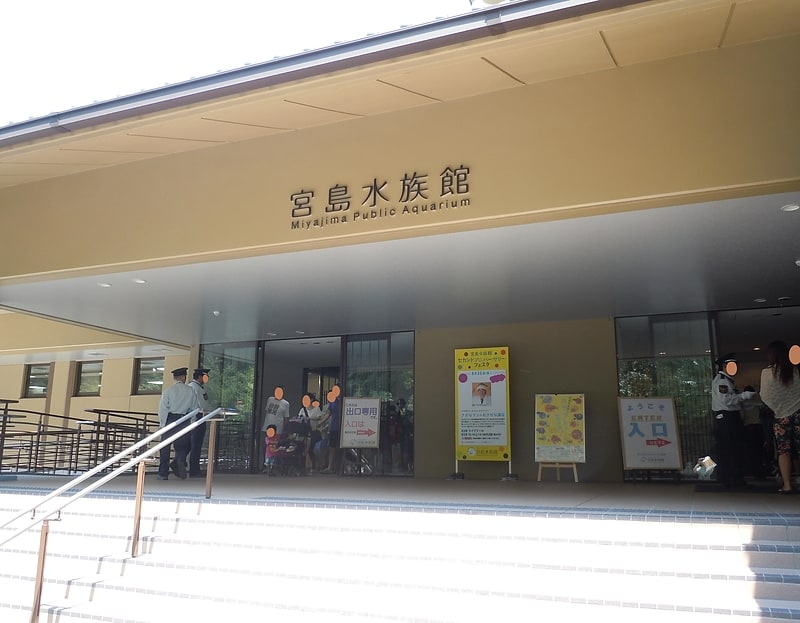
Also known as: 宮島水族館
Aquarium in Hatsukaichi, Japan. Miyajima Public Aquarium is an aquarium on the island of Itsukushima in Hatsukaichi, Hiroshima, Japan.[4]
Address: 10-3 Miyajimacho, 739-0534 Miyajima
Momijidani Park
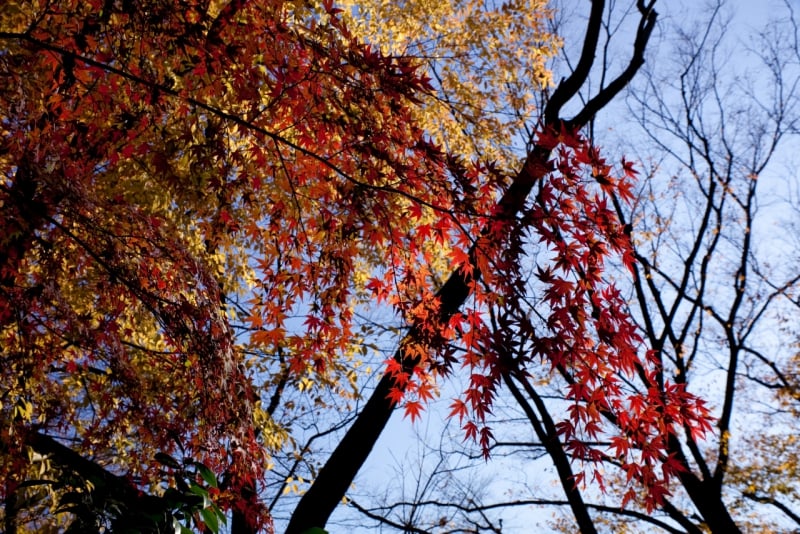
Park in Hatsukaichi, Japan. Momijidani Park is one of the most famous maple leaves valley parks in Japan. The park is located at the foot of Mt. Misen, along Momijidani River, behind Itsukushima Shrine in Miyajima, Hatsukaichi, Hiroshima. There are more than 200 maples, including 110 acer palmatum thunberg, 60 palmatum var. matsumurae, 10 acer rufinerve, acer buergerianum, acer sieboldianum miquel and acer amoenum carriere var. amoenum.[5]
Miyajima Ropeway
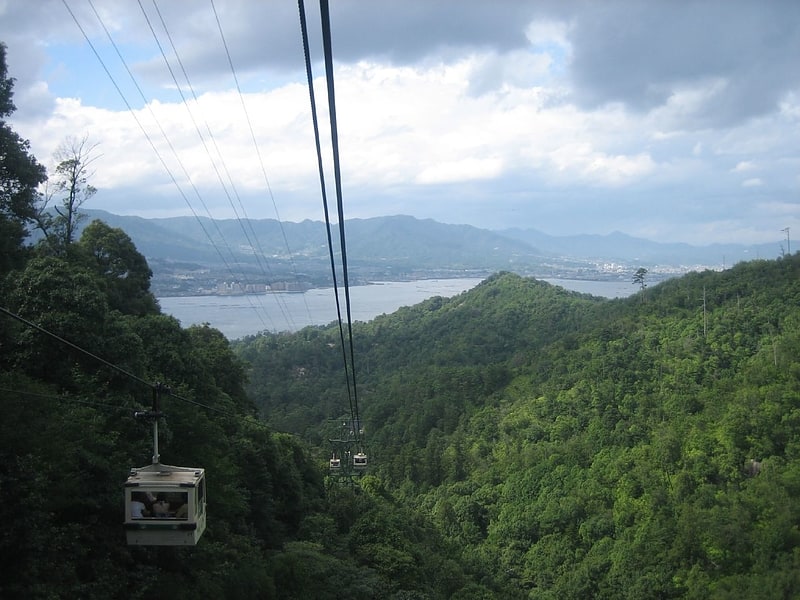
Also known as: 広島観光開発
Railroad company in Hatsukaichi, Japan. The Miyajima Ropeway refers to Japanese aerial lift lines in Hatsukaichi, Hiroshima. This is the only route Hiroshima Tourism Promoting operates. The company is a subsidiary of Hiroshima Electric Railway. The route, consisted of two lines, climbs Mount Misen of Miyajima Island. It opened in 1959. The route accepts PASPY, a smart card ticketing system.[6]
Miyajima Natural Botanical Garden
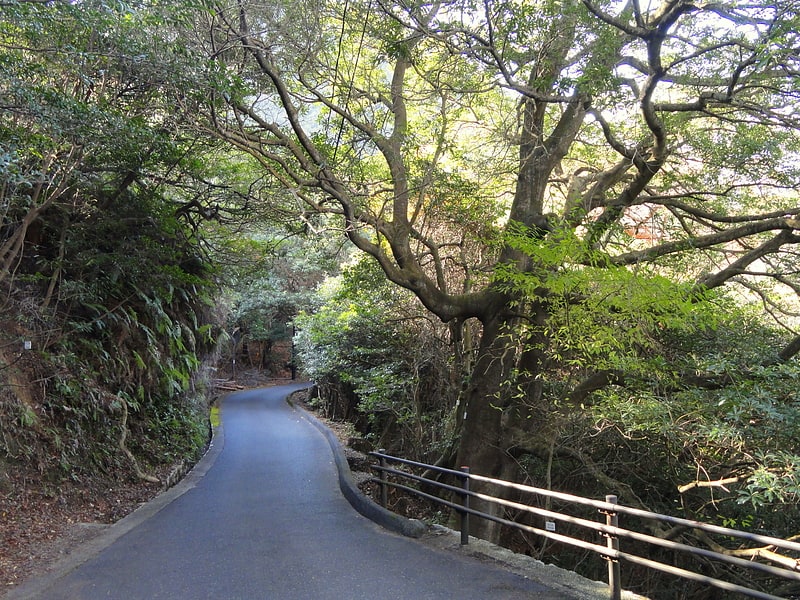
The Miyajima Natural Botanical Garden is a botanical garden operated by Hiroshima University and located at Mitsumaruko-yama 1156-2, Miyajima-cho, Hatsukaichi, Hiroshima, Japan. It is open daily except New Years and August; admission is free.
The garden was established in 1964 for botanical research and education. It is located on the north coast of Miyajima (Itsukushima) Island about 20 km from Hiroshima City. The island forms part of the Setonaikai National Park and contains the Misen forest, a World Heritage Site.
Most of the garden consists of natural forest and maritime vegetation, particularly subtropical species and halophytes, with about 350,000 specimens in its herbarium. Current research projects include studies of local vascular and non-vascular plants, especially bryophytes; ecology; and conservation biology.[7]
Miyao Castle
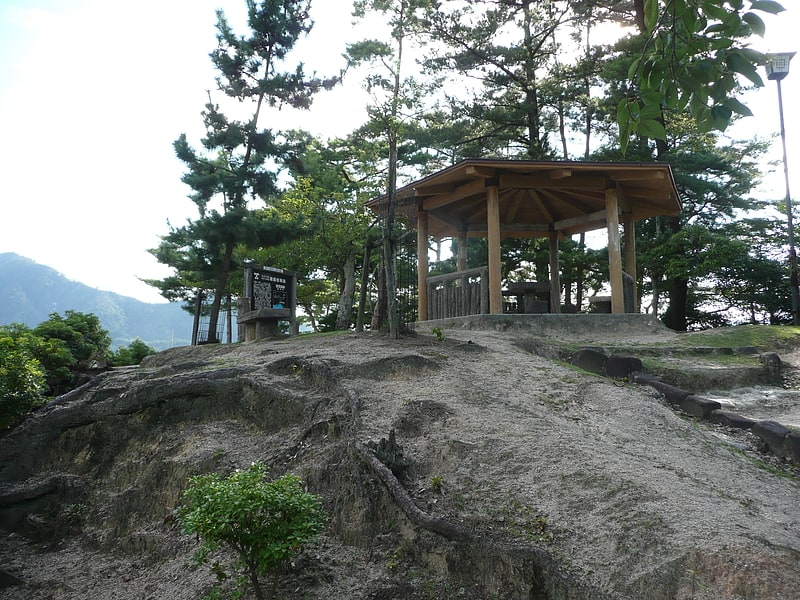
Also known as: 宮尾城
Historical landmark in Hatsukaichi, Japan. Miyao Castle was a fortification built on the island of Itsukushima during the Sengoku Period in Japan. Although referred to as a Japanese castle, it did not have a donjon or serve as the residence of a land-holding noble, and therefore is probably more within the definition of a hill fort, rather than a true castle. Built by Mōri Motonari, Miyao Castle was part of a greater plan to bait and trap his enemy, Sue Harukata, which culminated in the Battle of Miyajima in 1555.
The site of Miyao castle is located in Hamano-cho on the island of Miyajima, Hatsukaichi city, Hiroshima Prefecture.[8]
Senjokaku
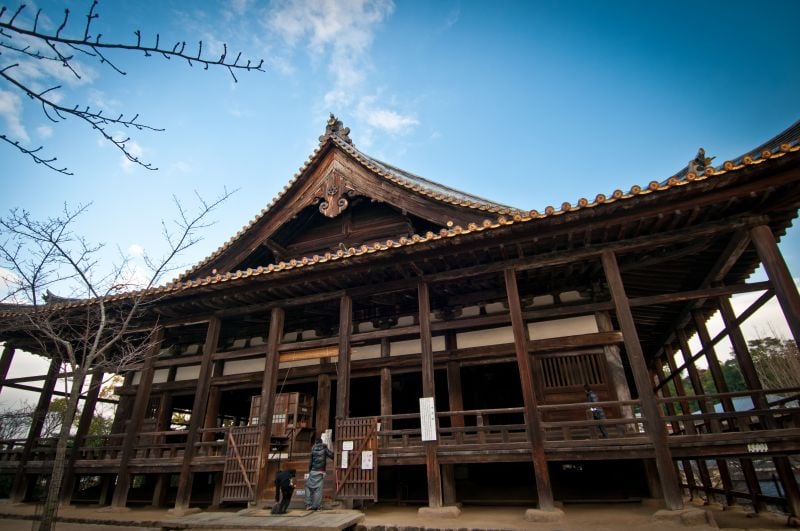
Sacred and religious sites